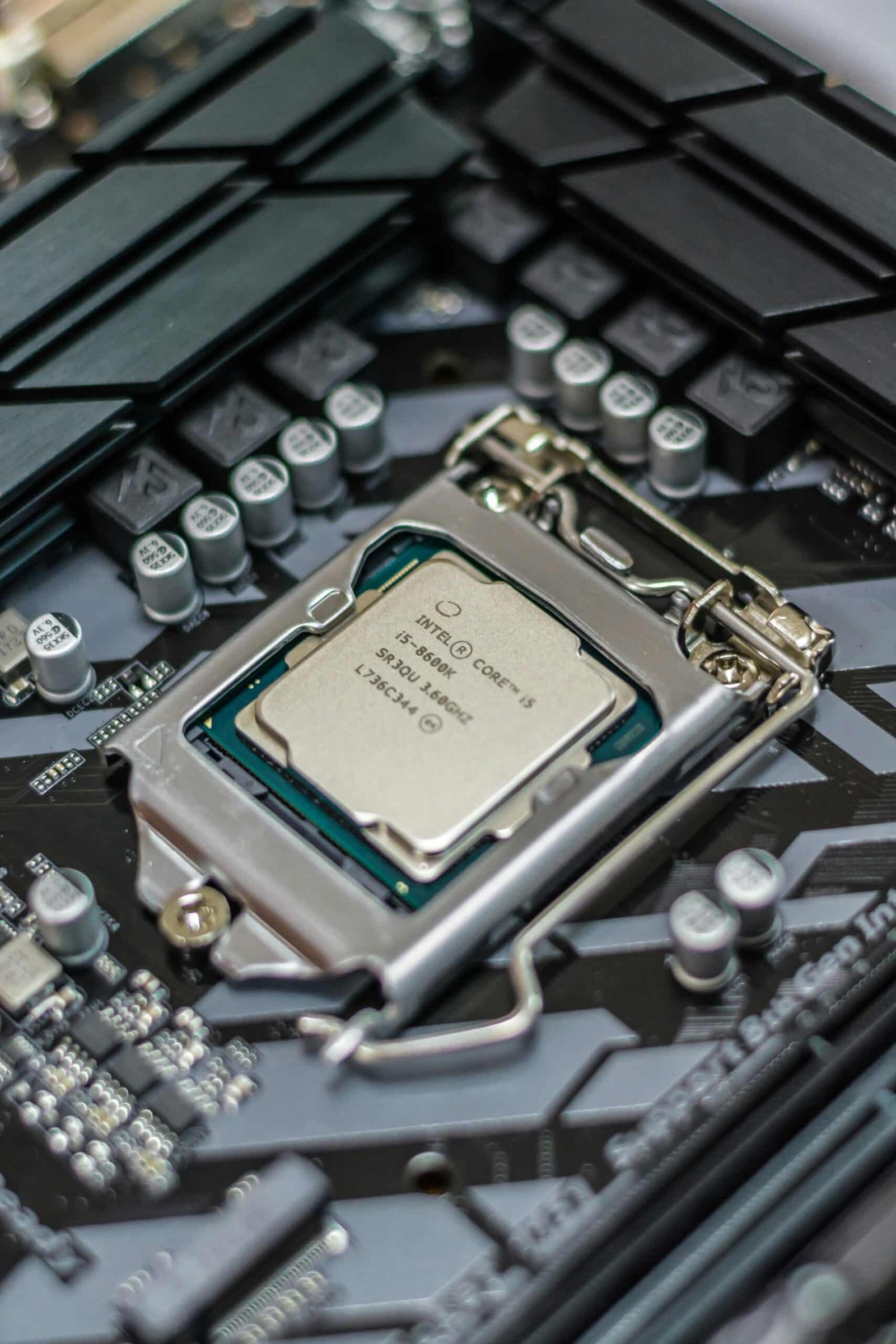Introduction | Dynamics of Inflation
In the ever-evolving landscape of the global economy, staying abreast of critical economic indicators is paramount. In this comprehensive exploration, we delve into the intricacies of inflation and price movements, offering a nuanced perspective on the forces driving economic shifts in 2024.
The Basics of Inflation
Inflation refers to the sustained increase in the general price level of goods and services in an economy over time. It erodes the purchasing power of money, as more currency is required to buy the same amount of goods and services. Inflation can be caused by various factors, such as increased demand, supply chain disruptions, changes in government policies, and fluctuations in currency exchange rates.
The Impact of Inflation on Consumers
When inflation rises, consumers experience a decrease in their purchasing power. This means that the same amount of money can buy fewer goods and services. As prices increase, consumers may have to cut back on discretionary spending or make adjustments to their budgets. Additionally, inflation can erode savings and reduce the value of investments, leading to financial insecurity for individuals and households.
Inflation and Business Operations
For businesses, inflation can have both positive and negative effects. On one hand, moderate inflation can stimulate economic growth by encouraging spending and investment. It can also lead to higher revenues and profits for businesses that can pass on increased costs to consumers. On the other hand, high inflation can disrupt business operations by increasing input costs, making it more difficult to plan for the future, and reducing consumer demand.
The Role of Central Banks
Central banks play a crucial role in managing inflation and price fluctuations. They use monetary policy tools, such as adjusting interest rates and controlling the money supply, to influence inflation levels. In times of high inflation, central banks may raise interest rates to reduce borrowing and spending, thereby slowing down the economy. Conversely, during periods of low inflation or deflation, central banks may lower interest rates to stimulate economic activity.
Inflation and Government Policies
Government policies can also impact inflation. For instance, fiscal policies, such as taxation and government spending, can influence the overall demand and supply dynamics in the economy. Additionally, trade policies and regulations can affect the prices of imported goods and services, which in turn can impact inflation levels. It is essential for governments to strike a balance between promoting economic growth and maintaining price stability.
Price Fluctuations in 2024
Price fluctuations refer to the changes in the prices of specific goods and services over a given period. These fluctuations can be influenced by factors such as supply and demand dynamics, changes in production costs, geopolitical events, and market speculation. In 2024, several key factors are expected to contribute to price fluctuations, including:
- Global supply chain disruptions caused by the ongoing pandemic and other unforeseen events.
- Changes in consumer behavior and spending patterns as a result of economic recovery and shifts in lifestyle preferences.
- Fluctuations in commodity prices, particularly in sectors such as energy and agriculture.
- Government policies and regulations related to trade, taxation, and environmental sustainability.
Conclusion
Understanding the dynamics of inflation and price fluctuations is crucial for businesses, consumers, and policymakers alike. Inflation can have far-reaching implications for the overall economy, impacting everything from individual purchasing power to business profitability. By closely monitoring economic indicators and implementing appropriate policies, governments and central banks can strive to maintain price stability and foster sustainable economic growth in 2024 and beyond.
Click Here to Read More Articles: truereviewmagazine.com










